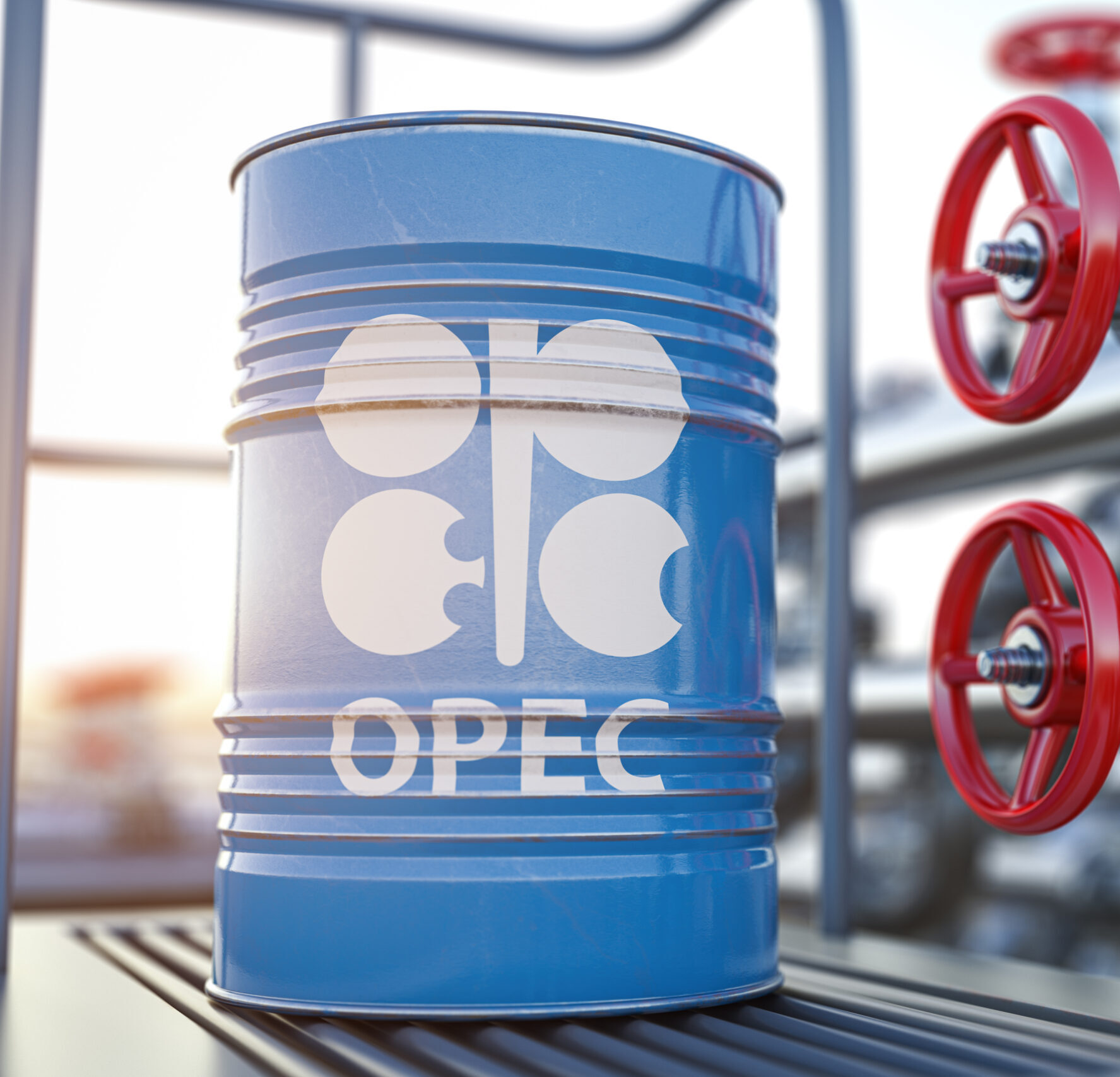
OPEC+ Finally Grasps the Nettle
OPEC+ finally grasps the nettle and is finally raising output quotas for a subset of participants.
It has been a long time coming. OPEC+ affirmed on March 3 that it is finally raising output quotas starting in April for the subset of participants which made additional “voluntary” cuts in 2023, despite Brent crude oil dipping below $70 per barrel for the first time since October 2024. Those “voluntary” cuts in 2023, borne disproportionately by Saudi Arabia, had been a last-ditch effort to shock the market back into the price territory above $90, where it had been for most of 2022, after previous OPEC+ cuts and the market dislocations caused by the war in Ukraine and sanctions against Russia.
They had only a limited effect, however, and 2024 was dominated by a series of decisions to hold off on rolling back the cuts, punctuated by successful pressure from the United Arab Emirates (UAE) in June 2024 for a unilateral quota increase phased in in 2025 due to its recent capacity additions. Now, even with increasing gloom in the market over macroeconomic concerns and the potential for sanctions relief for Russia, OPEC+, and particularly the Saudis, have decided to grasp the nettle and take back market share.
The market share versus prices debate has been a perennial topic in OPEC over the decades since it was founded in 1960. In some eras, production cuts have succeeded in draining excess inventories and supporting prices, but the cartel often has overshot, as it arguably did after the recovery from the demand-driven washout during the pandemic in 2020, which peaked in 2022.
Yesterday’s decision represents a tacit acknowledgment that the additional cuts went too far, failing to restore the previous price level, and stimulating a surge in non-OPEC supply growth, much from U.S. shale development. OPEC+ was able to achieve an unusually high degree of compliance by its members during this round of cuts, but it ultimately did not pay off.
In addition to the macroeconomic worries which have driven financial markets into “risk off” mode in recent weeks, as President Trump has made clear he is serious about high tariffs, Trump’s overtures to Russia have stoked concerns that a future peace deal with sanctions relief for Russia could have bearish implications. On the other hand, the Trump administration’s restoration of “maximum pressure” on Iran could lead to volumes coming off the market if it is successful in reducing China’s willingness to buy Iranian crude oil. But the desire of OPEC to unwind production cuts has muted this variable. OPEC+ would probably take any dropoff from Iran as an opportunity to further unwind cuts. There also has been U.S. pressure on some producers to pump more, particularly the recent U.S. push for Iraq to resolve or at least paper over differences between Baghdad and the Kurdish Regional Government (KRG) to facilitate the resumption of exports from northern Iraq via Ceyhan. That dispute took 450,000 bpd offline in early 2023.
In the short-term, the balance of risks is loaded in a bearish direction, and the market is not yet tuned into any notion of risk related to Iran’s nuclear program.
In tandem with the move by OPEC+, Saudi Aramco also announced yesterday that it was sharply cutting its dividend, with a projected payout to shareholders of $85.4 billion in 2025, down from $124.2 billion in 2024. Net profit was $106.2 billion in 2024, down from 121.3 billion in 2023. The move to bring the dividend in line with projected profits after a year in which it exceeded net profits was expected, but will crimp the amount of money flowing to the Saudi government, its largest shareholder.
While the kingdom can continue to finance its Vision 2030 economic diversification projects by borrowing, we are likely to see the budget deficit crimp some discretionary spending and investments. The main impact will be a more domestic focus for the Public Investment Fund (PIF), which had previously made a number of big outward investments, including in big-name U.S. technology stocks.
But it also has implications for the brand of “checkbook diplomacy” the kingdom has often practiced. It would still be able to contribute to reconstruction aid for Gaza if a deal facilitated that, for example, but such a deal would rely more heavily on Emirati and Qatari participation, given that those two governments are a lot richer on a per capita basis and have budget-balancing points for oil prices which are much lower. The ability to weather lower prices is part of the reason the Emiratis insisted last June on a quota increase to match their capacity gains.
Longer-term, however, the move to take back market share makes sense for Saudi Arabia. Once it is able to slow non-OPEC production growth and make room for increased volumes from themselves, it is probable that revenues will rebound, or at least would be higher than would have been the case under continued production restraint.
Greg Priddy is a Senior Fellow at the Center for the National Interest and does consulting work related to political risk for the energy sector and financial clients. Previously, he was director of global oil at Eurasia Group and worked at the U.S. Department of Energy.
Image: Shutterstock/Maxx-Studio